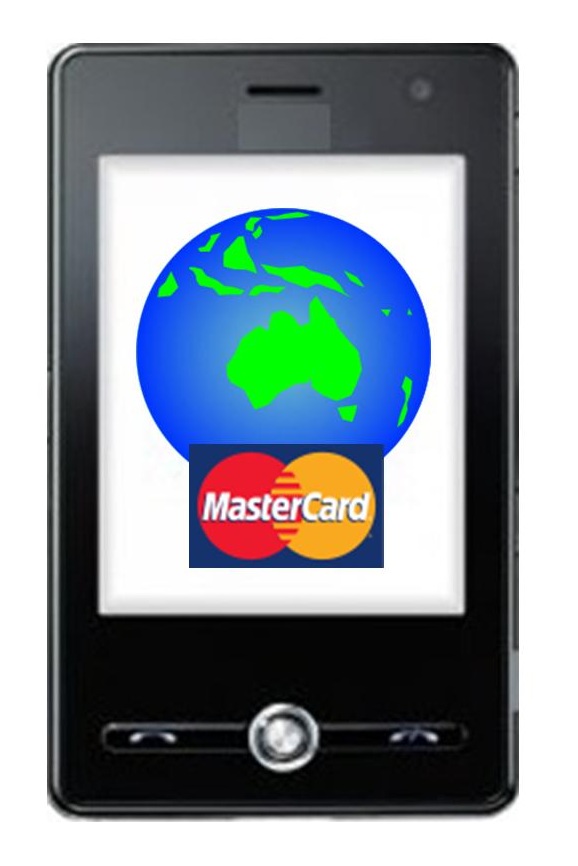 MasterCard reports that mobile payments are being well received in Asian markets
MasterCard reports that mobile payments are being well received in Asian markets
Mobile payments are becoming more popular in the Asian Pacific market, according to MasterCard. Access to smartphones and tablets is growing throughout these markets, making it possible for more consumers to conduct mobile payments than ever before. Many consumers in these markets consider mobile commerce a more convenient way to purchase products, which has lead to a growing demand for mobile payment services and platforms that accommodate mobile shopping.
Consumers favor mobile commerce for online shopping
According to MasterCard, 40% of online shoppers in Hong Kong, South Korea, and Singapore made purchases using their mobile devices in the past three months. Approximately 54% of Indonesian consumers made mobile payments over the same period, with China and Thailand accounting for 53% and 51% respectively. Mobile payments are becoming increasingly common throughout the Asian Pacific due to the proliferation of mobile technology.
Asian consumers are no stranger to NFC technology
MasterCard notes that NFC technology and its use in mobile commerce is relatively common throughout the region. According to the company, 70% of consumers throughout the Asian Pacific are aware of NFC technology and the role it plays in mobile payments. These consumers noted that they would be willing to adopt NFC-enabled mobile devices to participate in mobile commerce within the next 12 months. Digital wallets, which typically do not use NFC technology, are also quite popular with consumers, though the majority of consumers in the Asian Pacific noted that they were more interested in SMS-based mobile payments.
Mobile commerce continues to grow globally
Mobile payments are expected to continue growing in popularity throughout the Asian Pacific. Other markets around the world are experiencing similar results in their mobile commerce sectors as smartphones and tablets become more accessible for consumers. MasterCard is currently involved in mobile commerce initiatives in several countries and through these initiatives is attempting to establish a firm grasp on the mobile payments sector.
 In-app purchases are becoming a prominent trend in mobile games
In-app purchases are becoming a prominent trend in mobile games
In-app purchases have become very common in the world of applications, especially where mobile games are involved. Many mobile games are using in-app purchases in order to generate revenue. These games offer virtual currencies and in-game items that make the gaming experience either more fun or less of a challenge. Many consumers have shown willingness to make in-app purchases because it allows them to skirt the otherwise unappealing aspects of certain mobile games. The value of these in-app purchases has been a debated issue, especially as some consumers begin to consider the practice somewhat dubious.
Developers leverage in-app purchase to generate revenue
Mobile games developers are in a somewhat precarious position when it comes to selling their products to mobile consumers. It is considered a nearly impossible feat to sell these consumers mobile games that cost more than $5, as mobile games typically offer significantly less content than those designed for consoles, which tend to be sold for $50 or more. The appeal of mobile games is that they offer entertainment at a very low price, with many of these games being completely free. Developers, however, have to generate a profit in order to stay in business. Apart from advertising, in-app purchases are considered the best way to produce revenue.
Mobile games may be more expensive than they appear
In-app purchases allow developers the opportunity to generate more money as they are not considered a one-time affair. With conventional games, such as those for consoles, the consumer pays for the game itself but may never make another purchase in the future. In-app purchases can encourage consumers to continuously pay for features they find engaging, and purchases can be made with little more than a few taps of the finger. While this may be a good way for developers to generate revenue, in-app purchases in mobile games have been causing some problems for consumers in recent months.
In-app purchases lead to young consumers spending money
Mobile games are enjoyed by consumers of all ages, but the primary demographic for most of these games falls in the 12-17 age range. Children that play mobile games are not typically concerned with spending money while they are enthralled in their gaming experience. As such, they are more likely to conduct in-app purchases without permission, just so they can access certain features of a game more quickly. In 2011, Garen Meguerian’s 9-year-old daughter spent more than $200 playing a simple mobile game, which lead Meguerian to file a lawsuit against Apple claiming that the company had made it too easy to conduct in-app purchases.
 MasterCard reports that mobile payments are being well received in Asian markets
MasterCard reports that mobile payments are being well received in Asian markets
 In-app purchases are becoming a prominent trend in mobile games
In-app purchases are becoming a prominent trend in mobile games